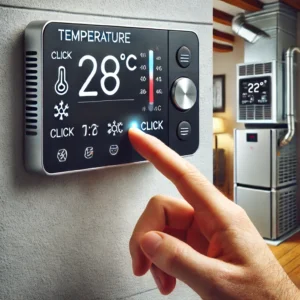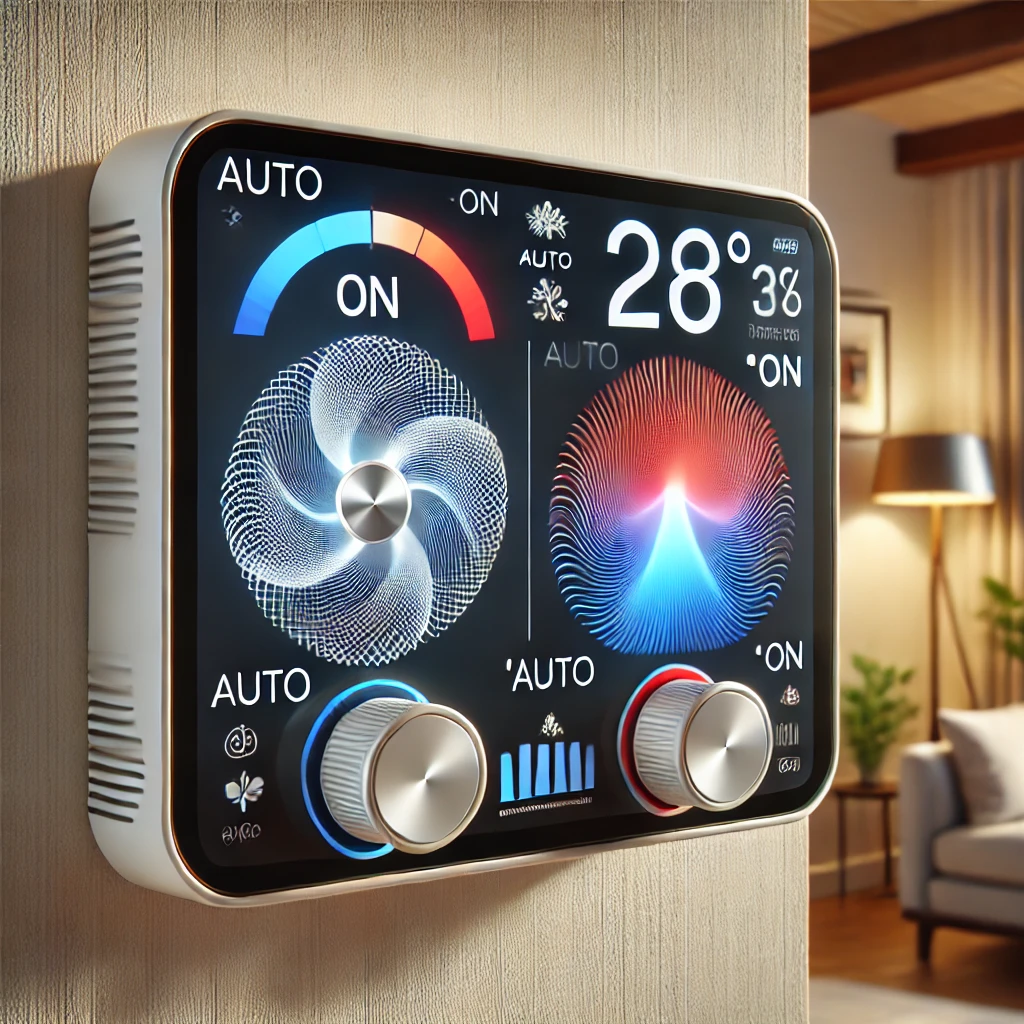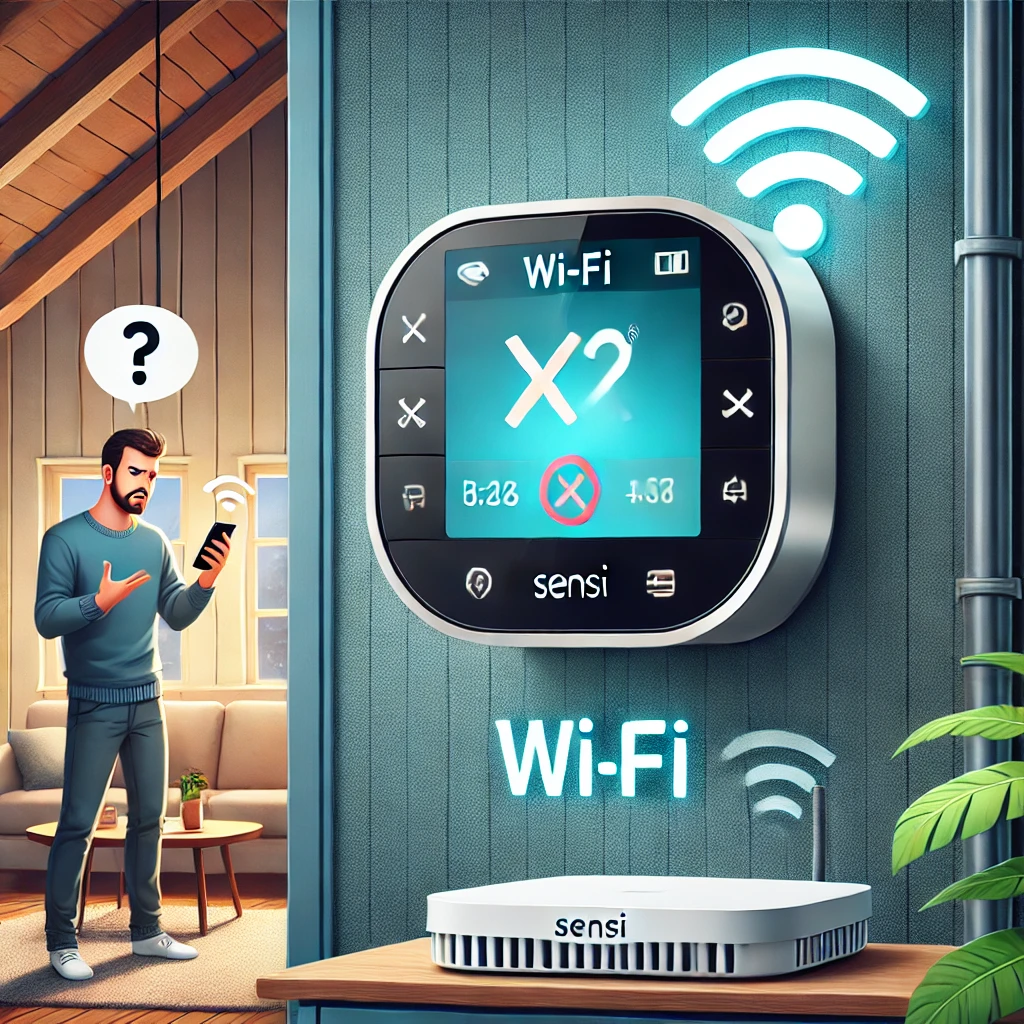Why Is My Thermostat Clicking but Not Turning On? Common Causes & Solutions
It’s a frustrating scenario: you hear the familiar “click” from your thermostat, the sound that should signal your home is about to get warmer or cooler. But then… nothing happens. The silence that follows can be confusing and uncomfortable. What does that click actually mean, and why isn’t your HVAC system responding?
That clicking sound is actually a good sign—it means your thermostat is trying to do its job. It’s sending a signal to your heating or cooling system. The problem is that the signal isn’t being received or acted upon. This guide will help you diagnose the issue, starting with the simplest fixes you can do yourself before calling in a professional.
Common Reasons for a Clicking Thermostat That Won’t Turn On
Let’s walk through the most common culprits, from easy fixes to more complex mechanical issues.
1. Dead or Weak Batteries
This is the number one cause of this problem. Many digital thermostats use batteries for power. When they get low, the thermostat may have just enough power to make the internal relay “click” but not enough to send a strong, consistent signal to the main HVAC unit.
Solution: Replace the batteries with a fresh, high-quality set. Even if the screen isn’t blank, the batteries might be too weak to function properly. This simple fix solves the problem more often than not.
2. Incorrect Thermostat Settings
Sometimes the issue is just a simple setting error. Your HVAC system won’t respond if it’s not being told to do the right thing, even if the thermostat clicks.
Solution: Double-check your settings:
- Mode: Ensure it’s set to “Heat” in the winter or “Cool” in the summer, not “Off.”
- Temperature: To trigger the system, the set temperature must be at least 5 degrees higher (for heat) or 5 degrees lower (for cool) than the current room temperature.
- Fan: Make sure the fan is set to “Auto,” not “Off.”
3. Tripped Circuit Breaker
Your HVAC system requires a lot of power and has its own dedicated circuit breaker. The thermostat, especially if battery-powered, can operate independently. If the breaker for your furnace or air conditioner has tripped, the thermostat will click, but the main unit has no power to turn on.
Solution: Locate your home’s main electrical panel. Look for any breakers that are in the “off” or middle position and flip them firmly back to “on.” If the breaker trips again immediately, you have a more serious electrical issue and should call a professional.
4. Dirty or Clogged Air Filter
A severely clogged air filter can restrict airflow to your furnace or air handler. This can cause the unit to overheat, triggering a safety switch that shuts it down to prevent damage. Your thermostat doesn’t know this has happened and will continue to call for heat or cool (clicking), but the system will refuse to run.
Solution: Check your HVAC system’s air filter. If it’s grey, dusty, or you can’t see light through it, replace it immediately. It’s good practice to replace your filter every 1-3 months.
5. Loose Wiring or Faulty Thermostat
Over time, the low-voltage wires connecting your thermostat to the HVAC unit can become loose, corroded, or damaged. This can interrupt the signal. In other cases, the thermostat itself, especially if it’s old, may have a failing internal component despite its ability to click.
Solution: You can perform a basic visual check. Turn off the power to your HVAC system at the breaker. Gently remove the thermostat cover and check that all colored wires are securely fastened to their terminals. If everything looks tight and the problem persists after trying all other steps, your thermostat may need to be replaced.
6. HVAC System Issues (Lockout Mode or Component Failure)
Modern furnaces and air conditioners have safety features. If a system tries to start several times and fails (due to a dirty flame sensor, for example), it may enter a “lockout mode” to prevent further issues. Alternatively, a key component like a capacitor, fan motor, or contactor might have failed. The thermostat clicks, sending the signal, but the part that needs to act on it is broken.
Solution: Try resetting your HVAC system by turning it off at the circuit breaker for 5-10 minutes, then turning it back on. This can sometimes clear a lockout mode. If the system still won’t start, the problem is with the unit itself and requires a professional technician to diagnose and repair.
When to Call a Professional
While many issues can be fixed easily, do not hesitate to call a certified HVAC technician if you encounter any of the following:
- A circuit breaker that repeatedly trips.
- You smell burning plastic or ozone near your vents or HVAC unit.
- You hear loud humming, buzzing, or grinding noises from the furnace or AC.
- You suspect a problem with wiring, fuses, or internal HVAC components.
Frequently Asked Questions
Why does my thermostat click but nothing happens?
This usually indicates the thermostat is sending a signal, but a problem with power, settings, or a component is preventing the HVAC system from responding. The most common causes are dead batteries or a tripped circuit breaker for the main HVAC unit.
If the batteries are dead, will a thermostat still click?
Yes. A thermostat with weak or dying batteries might have just enough energy to activate its internal relay (the click) but not enough to transmit the signal properly to the HVAC system.
Should I reset my thermostat if it’s just clicking?
Yes, a reset is a good troubleshooting step. Turning the system off at the breaker for a few minutes can clear minor glitches in both the thermostat and the HVAC control board.
How do I know if the thermostat itself is broken?
If you’ve replaced the batteries, confirmed the settings are correct, checked the breaker and air filter, and verified the wiring looks secure, yet the problem continues, it’s highly likely the thermostat itself is faulty and needs replacement.
Read More About Thermostat Troubleshooting
Explore these other guides to keep your system running smoothly:



